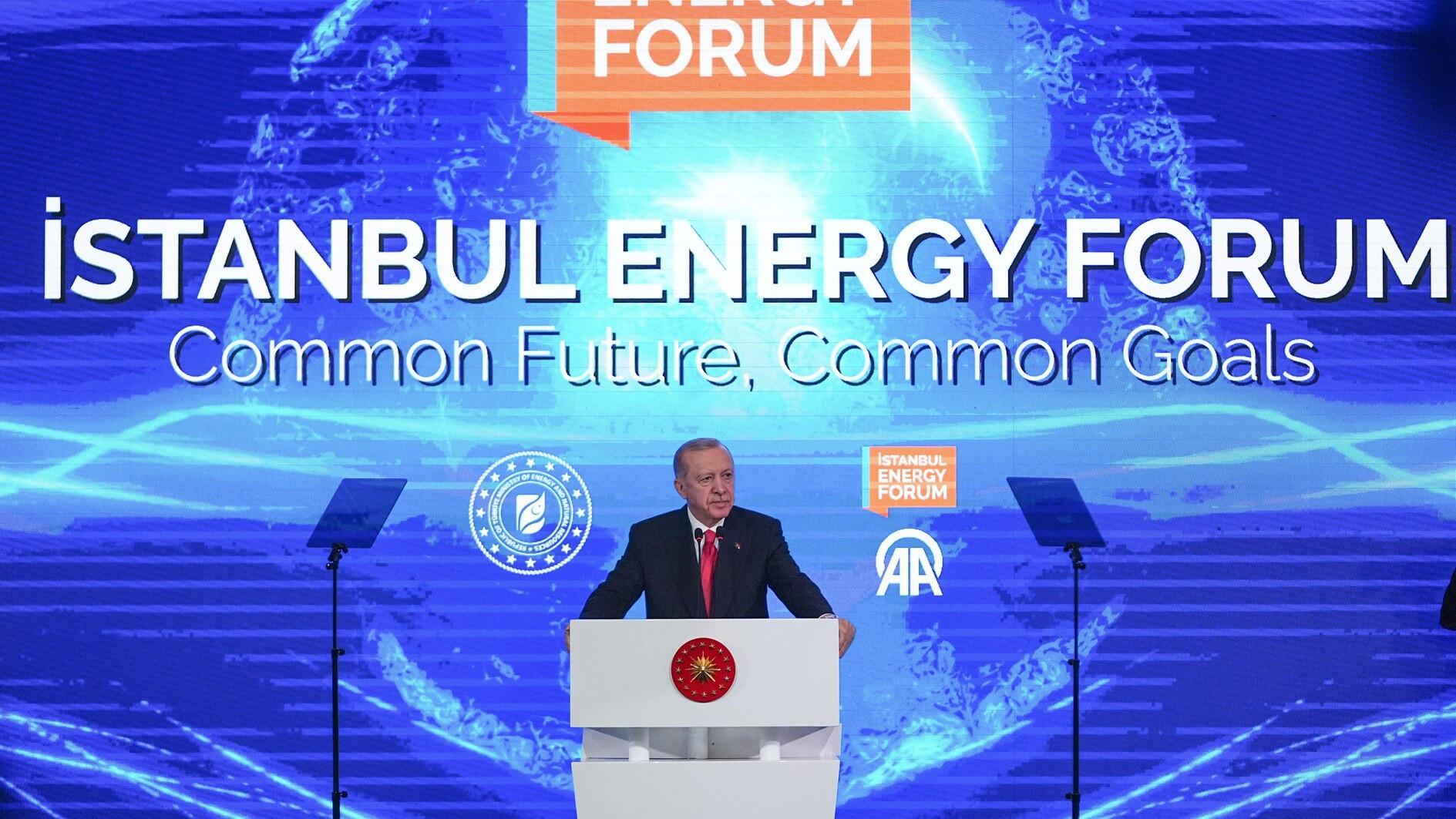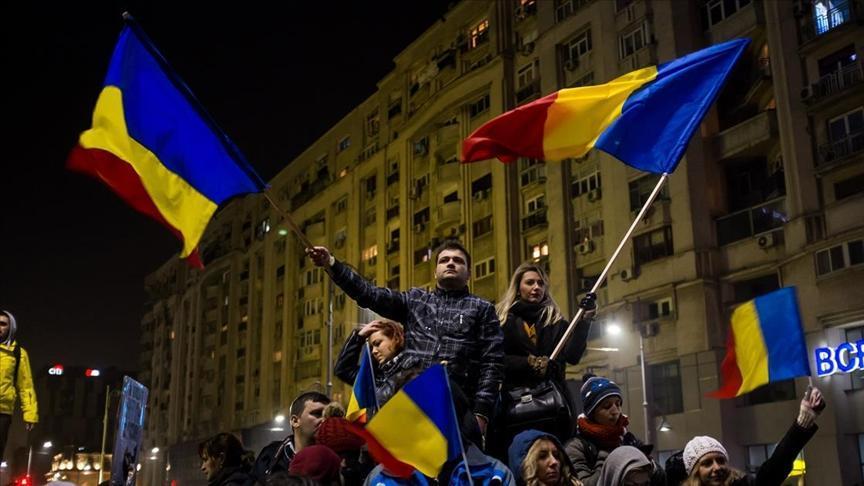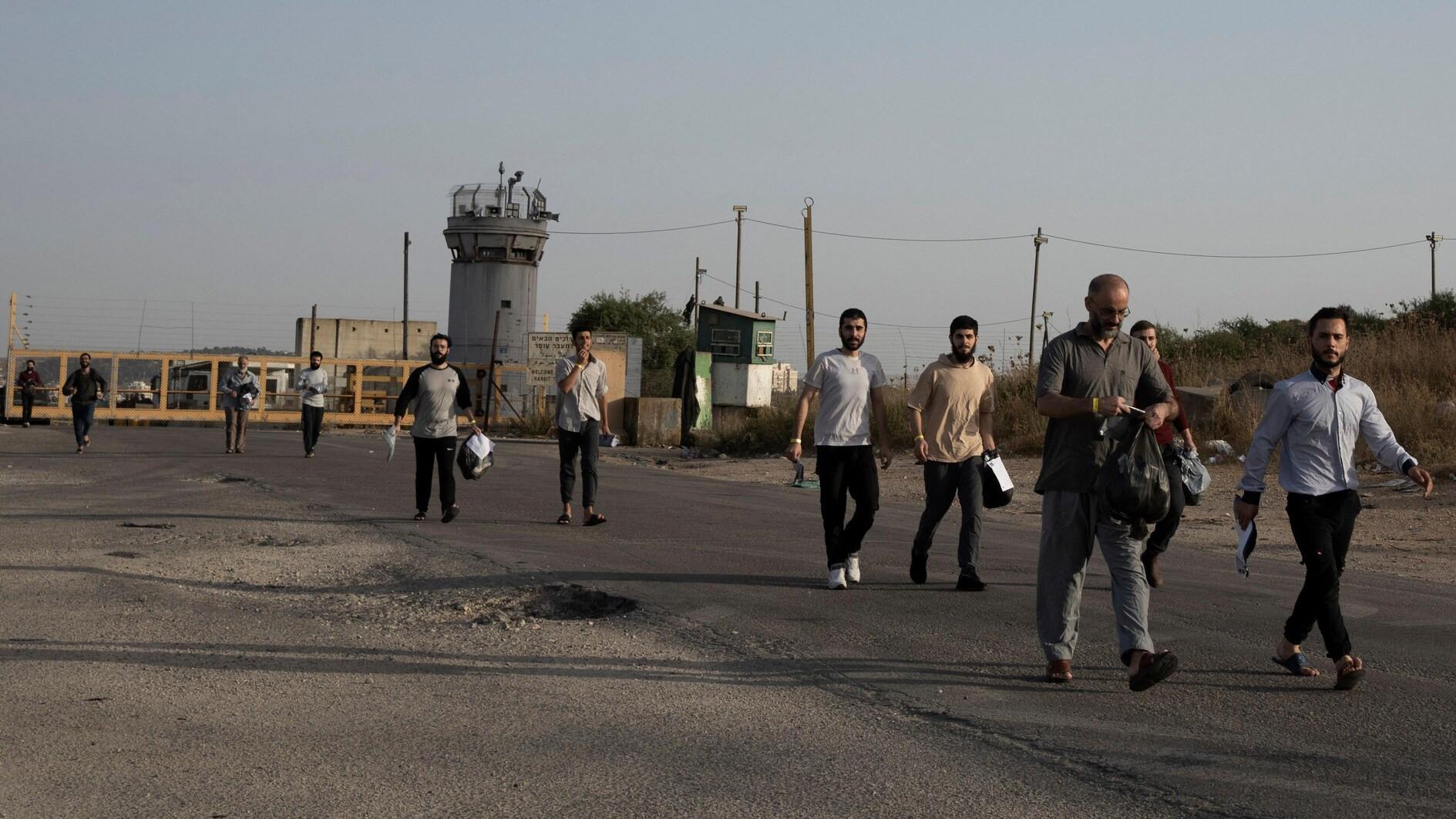Occupy Taksim?
 It started as a rather modest protest by some 50 people a few days ago against the government decision to convert the “Gezi” (promenade) Park, the little and only remaining green spot in the famous Taksim district in the heart of Istanbul, into Artillery Barracks that had been there in Ottoman times. There are rumors that the new barracks might include a shopping mall, stemming from a speech from Prime Minister Tayyip Erdoğan himself. So, some 50 of the activists resident in the area, mostly artists, architects and writers began carrying out a peaceful demonstration until the police tried to disperse them by force and pepper gas; perhaps some of you have already seen the “Sprayed women in red” photo by a Reuters photographer.
It started as a rather modest protest by some 50 people a few days ago against the government decision to convert the “Gezi” (promenade) Park, the little and only remaining green spot in the famous Taksim district in the heart of Istanbul, into Artillery Barracks that had been there in Ottoman times. There are rumors that the new barracks might include a shopping mall, stemming from a speech from Prime Minister Tayyip Erdoğan himself. So, some 50 of the activists resident in the area, mostly artists, architects and writers began carrying out a peaceful demonstration until the police tried to disperse them by force and pepper gas; perhaps some of you have already seen the “Sprayed women in red” photo by a Reuters photographer. 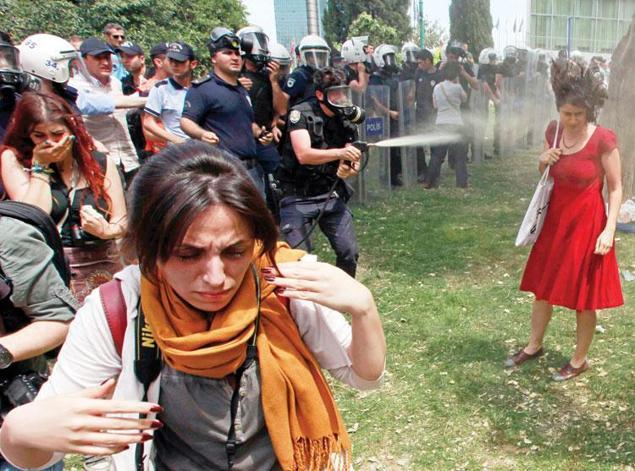
That night the number of protesters increased by 10 as the municipality brought a small excavator to remove three trees from the park “in order to expand the road” passing next to Gezi Park in the framework of the ongoing urban transformation plan to make Taksim a pedestrian-only zone. The first opposition politician to come to the stage was Sırrı Süreyya Önder of the Peace and Democracy Party (BDP), which is focused on the Kurdish problem. Önder is among the deputies carrying out talks with the outlawed Kurdistan Workers’ Party (PKK) leader in İmralı prison in the framework of Erdoğan’s initiative to find a political solution to the Kurdish problem. But Taksim was his electoral district, and after mingling with the protestors, he stood before the excavator, reminding many of Wang Weiling standing before the tanks in Beijing’s Tiananmen Square, or Boris Yeltsin climbing on to a tank to stop it in Moscow’s Red Square.

That was the turning point of the events. The protestors grew in numbers and started to pitch tents in Gezi in order to stay there day and night, and that night, actually in the early hours of the next day, the Istanbul police started its tent raids, again with pepper gas and water cannon as well. Erdoğan said during the ground-breaking ceremony of the third Bosphorus bridge that no matter what the protestors said, the ruling Justice and Development Party (AK Parti) was determined to carry out its projects, since it has the voter support behind. The Istanbul deputies of the main opposition Republican People’s Party (CHP) joined the protestors as their number grew. The CHP decided to post a deputy round-the-clock to stay with them in shifts. You see here the picture of Sezgin Tanrıkulu, a Kurdish-origin deputy of the CHP (making an interesting couple with the Turkish-origin BDP deputy Önder) arguing with a police chief after being gassed and sprayed himself.
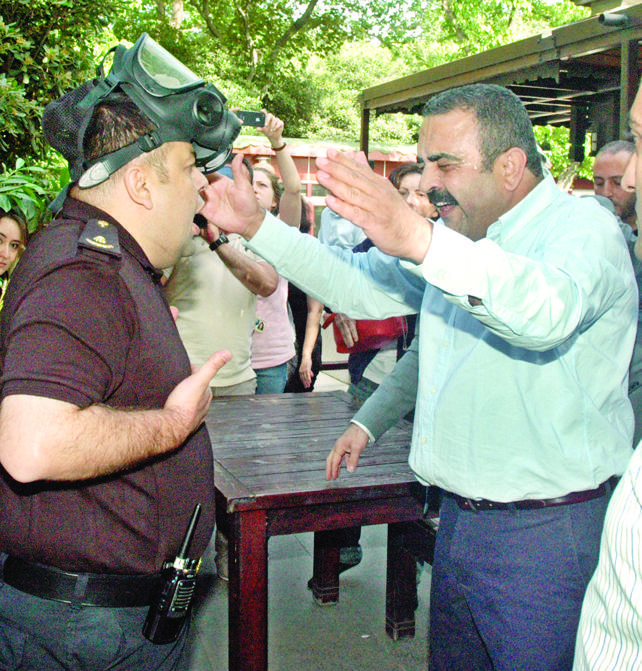
It would be a big surprise and perhaps a first of its kind if Erdoğan, with his natural determination, were to bow to the protesters’ will and revise the project to keep the area as a park, as urbanization experts suggest as well. But his determination and the disproportionate toughness of the police has managed to turn a pacifist and modest protest into a public protest movement. And the protestors did neither favor Tiananmen, nor Red Square as an example for their act as it is about to complete its first week now. They like to be likened to the Occupy Wall Street protestors – that is why they like to be called “Occupy Taksim” now. Will their fate be the same as OWS? Maybe so...
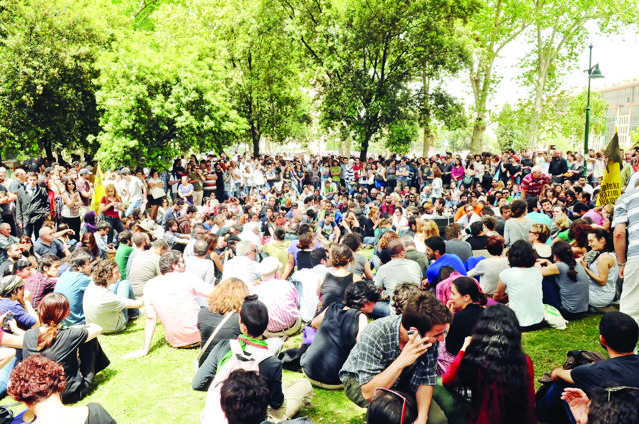
But this is another picture of the contradiction of Turkish democracy as it is now; suppressing peaceful environmentalist protests by force while trying to bring in a mighty presidential system with less checks and balances on one hand while trying to find a peaceful way to end the bloodiest problem in Turkey on the other.



